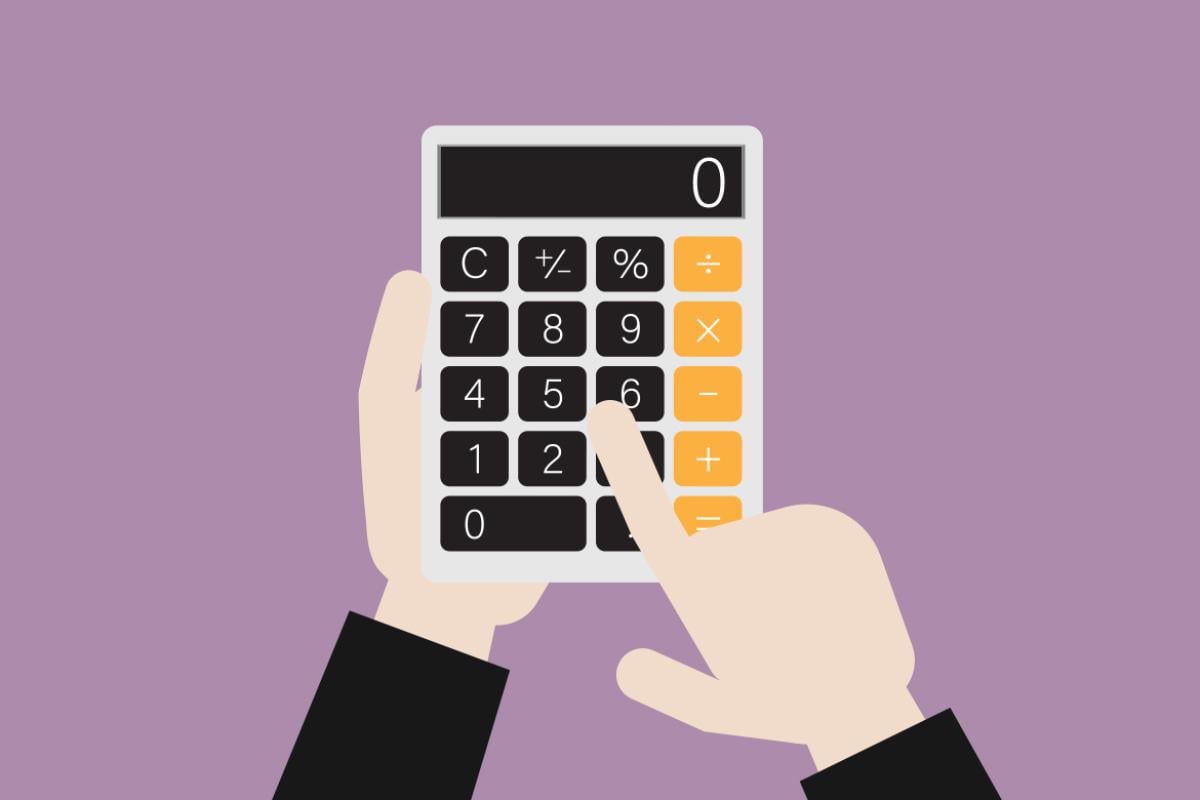Just as medical school sets you on course for a career as a physician, the financial decisions you make during your years as a medical student can shape your future.
To make informed choices, a measure of financial literacy is key for medical students. Experts from Laurel Road, selected by the AMA as a preferred provider to help you navigate your financial future, offered insights on a few key terms that can affect a medical student’s financial future. Here’s a look at some key terms to keep in mind.
Public Service Loan Forgiveness
The Public Service Loan Forgiveness Program (PSLF) program offers federal student loan debt relief for physicians and others who make 120 payments on their educational loans while working for a nonprofit or government entity. Most healthcare organizations operate as nonprofits so the program, enacted in 2007, has a wide reach.
“There are many misconceptions around PSLF, as well as a simple lack of awareness about the availability of the program,” Chirag Shah, MD, an anesthesiologist who works with Laurel Road as a consultant.
“Some physicians don’t realize they’re eligible regardless of their medical specialty, that their employer qualifies for the program, or that the 10 years of enrollment in PSLF don’t have to be consecutive,” Dr. Shah said. “You could, for example, work in the private sector and come back to nonprofit or government work and pick up where you left off.”
Dive deeper:
- AMA member exclusive: Medical student loan-repayment options and forgiveness consultation
- Medical student financial FAQ: Insight on budgeting, loan repayment
- Budgeting 101: Money management tips for medical students
Income-driven repayment
Income-driven repayment (IDR) plans are designed to provide borrowers with options other than forbearance when they have trouble making monthly payments. There are four different types of repayment plans, which calculate your monthly payments based on your adjusted gross income and family size.
“For residents and early-career doctors, IDR can be a financial lifeline before you hit your peak earning years,” Dr. Shah said. “For medical students that know they want to a pursue a career in public health, IDR can make that financially possible.”
Forbearance and deferment
Both forbearance and deferment allow borrowers to postpone student loan repayment. If you are in deferment, you are likely in school full time and interest can accrue on loans. In deferment, interest does not typically accrue on loans.
“Forbearance is defined as a pause in payments, and interest can accrue on all loans during forbearance,” Dr. Shah said. “Typically, borrowers cannot get credit for PSLF qualifying payments while their loans are in forbearance.”
Dive deeper:
- What I wish I knew in medical school about student-loan repayment
- These 3 budgeting methods help medical students build good habits
- What to know about loan forgiveness as a recruiting incentive
Loan forgiveness, cancellation
In recent years, the term “loan cancellation” has been applied to the proposed plan by the Biden administration that would have granted up to $20,000 in student loan relief for borrowers earning less than $125,000 individually or $250,000 as a couple. That plan, however, was struck down by the Supreme Court in 2023, and since that development, there are few indicators that it will be offered federally in the future.
More broadly, the surest way to have a student loan balance forgiven is through programs like PSLF.
“Student loan forgiveness is typically used when a borrower is working in a particular occupation for a defined time period,” Walters said. “Forgiveness is typically attached to federal student loans and is a feature of federal programs such as Income-driven Repayment and PSLF.”




